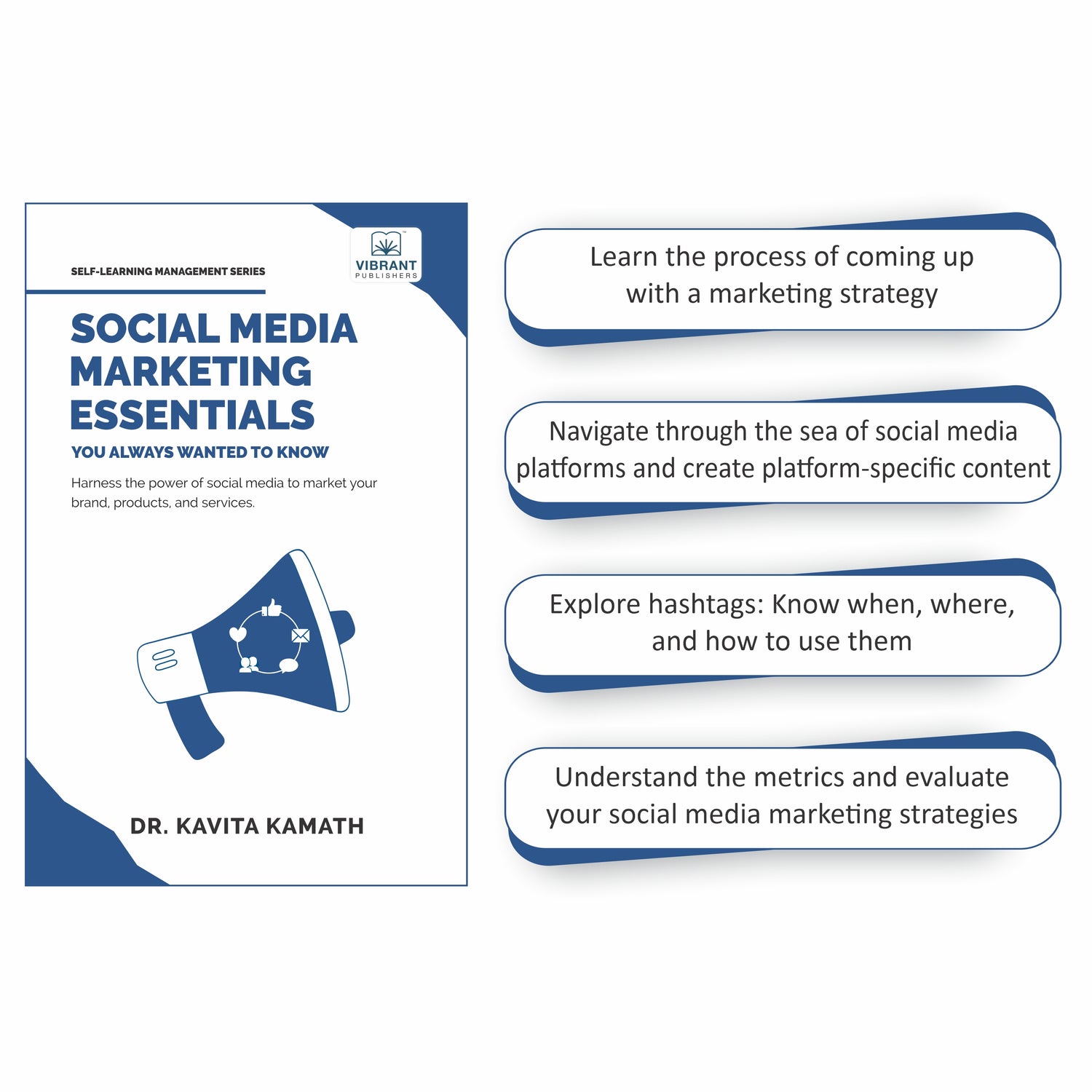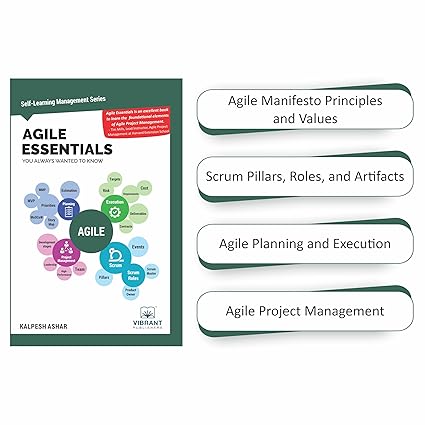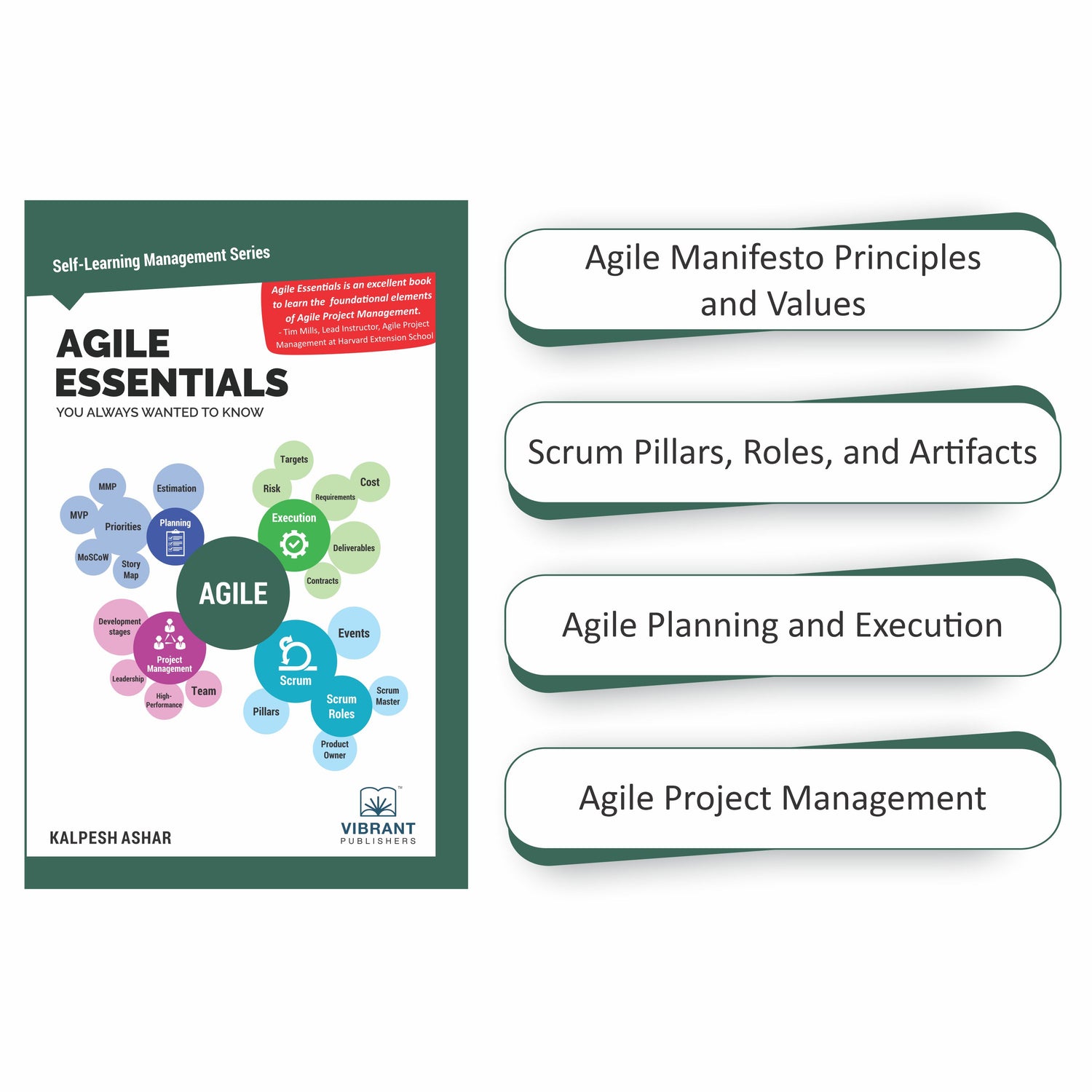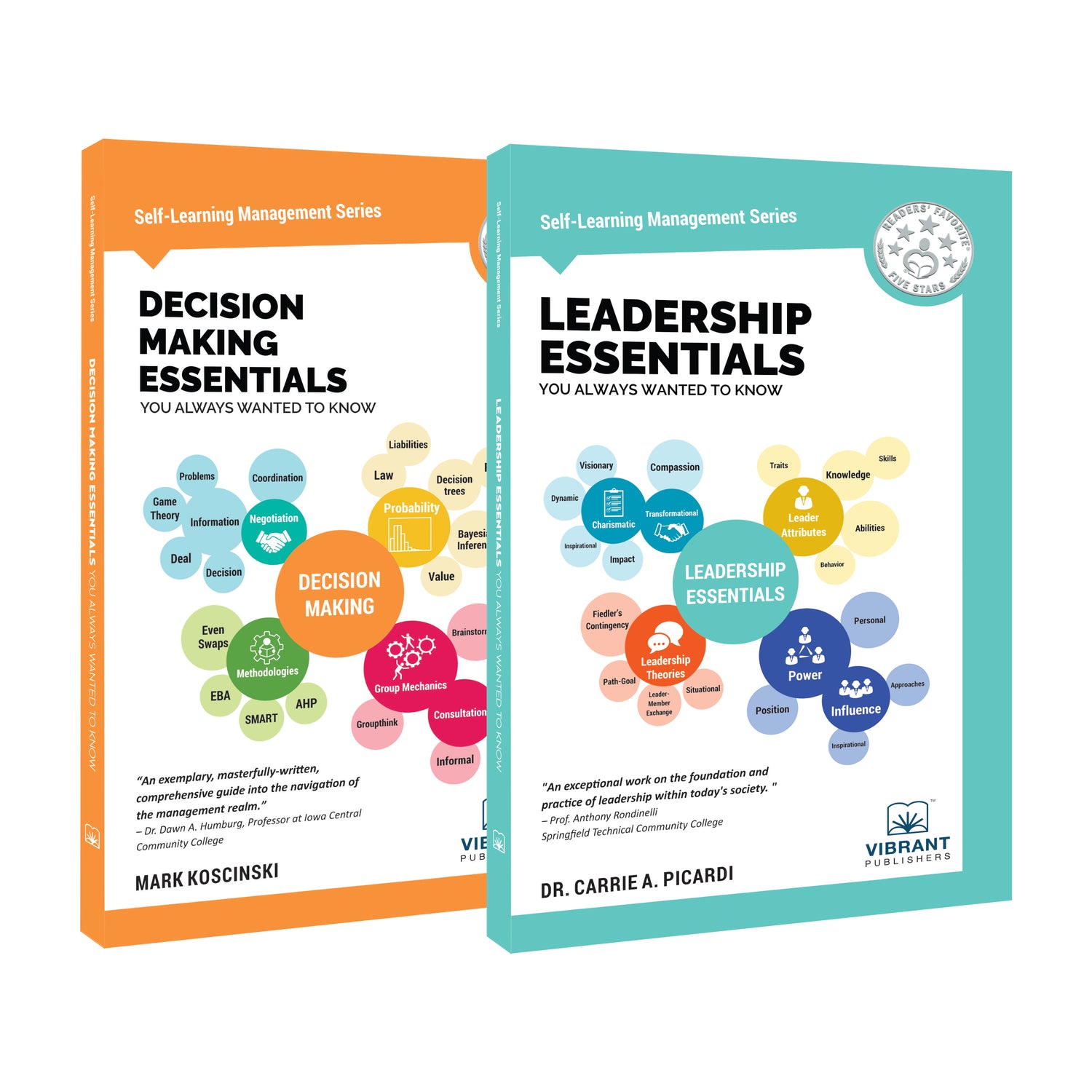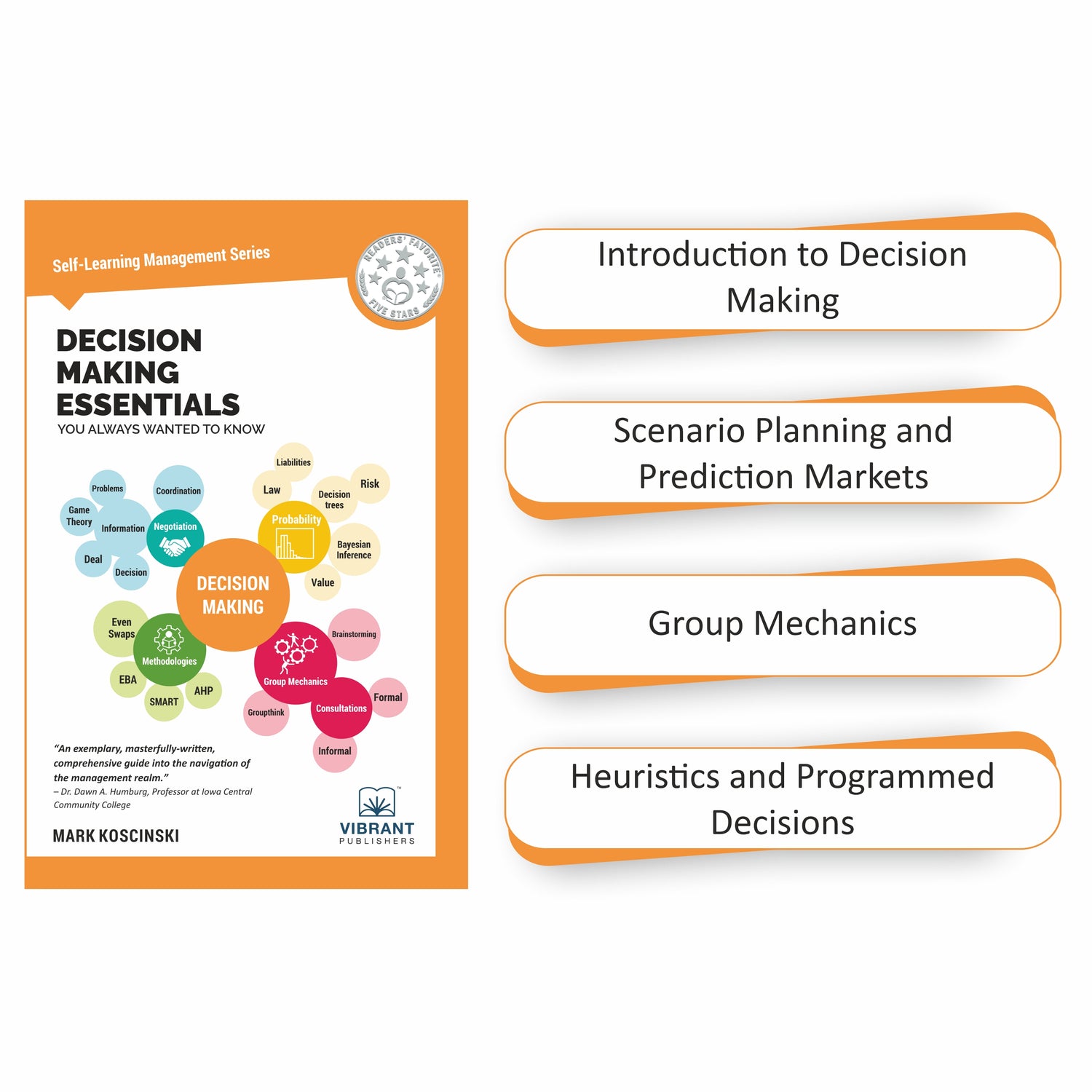
Business Strategy in the Age of Data
When Albert Einstein said, “We cannot solve our problems with the same thinking we used when we created them,” he made a clarion call to all who care to have a fresh perspective and innovativeness in problem-solving. These words cannot be more effective than today, especially in business. The fast-paced and competitive business environment cannot continue relying on traditional decision-making practices grounded in intuition and guesswork.
Every day, businesses collect huge volumes of data, making it necessary for all forecasts and decisions to be data-backed. Therefore, it becomes important to answer the questions: What is data-backed decision-making, and how do businesses leverage it to have a competitive advantage?
What is data-backed decision-making?
Data-backed decision-making entails using data and performing statistical analyses on the data to draw insights. Unlike traditional decision-making, which relies on intuition, anecdotal evidence, or personal judgment, data-backed decisions rely on evidence from available data.
You may be familiar with the popular saying from Lee Baker, “Data doesn't lie. People do.” Relying on data to make decisions ensures businesses don’t make costly mistakes and miss opportunities. This cannot be true for businesses that have not embraced data-backed decision-making.
Decision-making with data starts with the data collection process, whereby data can be obtained internally or externally. Internal data sources can originate from business parameters such as customer sales, website visits, stocks, inventory levels, and HR data. For instance, one firm may use sales figures to identify the most successful products in its line or employee performance indicators to identify areas of strength or improvement. Analyzing these metrics helps the business to optimize resource allocation and improve its marketing strategies.
Data can also originate from external sources. They include economic conditions such as inflation, market trends, and competition. A business can not control external data sources; however, they influence the decision-making process. One case is a business using market trends analysis to realign its pricing and production strategies to market standards.
Statistics provides the techniques and tools used to analyze the collected data. They are analyses that include but are not limited to regression analysis, correlation analysis, and hypothesis testing. These techniques model relationships between economic variables and help entrepreneurs draw insights that aid decision-making.
For instance, an entrepreneur who believes that the sales of product A are determined by the demand, the price of a substitute product B, the number of salespeople for product A, and the price of the same product A from a different seller, may need to perform a regression analysis to determine which factor or variable has the biggest influence on sales of the product A. The analyses will show the strength of influence and significance of each factor on the sales of product A.
How do businesses leverage data-backed decision-making to have a competitive advantage?
Data-backed decision-making has numerous advantages, such as informed, accurate, and strategic decisions, which help businesses stay ahead of the pack. They include:
-
Reduction of bias and risks in decision-making: Statistical analysis eliminates biases created by human decision-makers by providing objective and factual insights drawn from available data.
-
Personalization of customer preferences: Businesses analyze purchase history, customer demographics, and other interactions to offer services that meet each customer's needs. Personalization of customer preferences helps businesses to retain customers and strengthen their loyalty. For instance, media streaming companies like Netflix and Disney+ can use their customers' viewing data to recommend shows and movies.
-
Identifying new market gaps and opportunities: Analyses of data on market trends can help identify unmet gaps that need to be filled. These gaps allow businesses to come up with innovative solutions. Through offering such solutions, businesses keep their competitive advantage and generate more revenue than businesses that stick to traditional business practices.
-
Data-backed marketing strategies: Segmenting customers based on their demographic characteristics helps businesses develop targeted marketing strategies. This approach increases business revenue as marketing efforts reach the targeted audience.
-
Increase productivity by tracking employee performance metrics: Analyzing employee performance metrics, such as output, can be useful in rewarding highly performing employees and identifying areas that could be improved through training. When done frequently, these analyses can prevent employee turnover and create a conducive environment that promotes productivity and growth.
By leveraging data-backed decision-making, businesses gain the clarity and insight they need to reduce risks and uncover new opportunities. These advantages help them to thrive in a highly competitive environment, along with ensuring sustained growth and success.
Key Considerations for Successful Data-Driven Decision Making
To effectively leverage data for decision-making, businesses must address several key considerations that ensure the data is manageable, reliable, and secure.
- Handle data overload properly
Data overload is a scenario where a business or organization has so much data from multiple sources that it could prove difficult to organize and analyze. If such a scenario occurs, “analysis paralysis” may occur, making it hard for analysts to draw insights from the analyses. It is advisable to filter useful data and, if necessary, deploy robust software that avoids the problem.
They could explore tools such as data visualization software, business intelligence tools, and data management platforms (e.g., Tableau, Power BI, or Google Data Studio) to streamline the analysis process. - Adhere to data quality and integrity standards
Quality data-driven decisions come from accurate and verifiable data-collection practices. It is the duty of researchers or businesses collecting data to follow ethical standards every time they collect data. Poor quality data results in bad decisions that hurt the business. - Consult qualified experts
Use the services of qualified experts to conduct research, analyze, and interpret the results. Data analytics continues to be essential for businesses; aside from hiring qualified statisticians, data scientists, and analysts, businesses may opt to upskill their workforce or compete in the job market to get the best talent. - Ensuring data security
Put in place data security and protection measures to protect sensitive data, such as customer and employee data. Data protection prevents legal breaches and loss of customers’ trust.
In today’s fast-paced business world, the ability to make decisions based on solid data is crucial. Business statistics provide the foundation for understanding market trends, customer behavior, and internal performance. By relying on statistical analysis, businesses can draw actionable insights that are grounded in evidence rather than guesswork or intuition.
Business statistics allow organizations to interpret complex data, uncover patterns, and make informed predictions. These statistical methods not only help reduce risks and biases in decision-making but also enable businesses to optimize processes, improve customer satisfaction, and identify new opportunities for growth.
By embracing the data-informed decision-making approach, businesses can make objective decisions that enhance productivity and stay ahead of the competition. As you move forward in your business journey, begin to integrate data-backed decision-making into your daily operations. Start small by focusing on key data points, investing in the right tools, and training your team to interpret and act on the data. Over time, you will witness how data-driven decisions can transform your business, reduce risks, and open new doors for innovation and success.
For those looking to get an in-depth understanding of such topics, read Business Statistics Essentials You Always Wanted to Know. It assists you in learning about more such powerful statistical techniques to turn you into a skilled professional or entrepreneur who can drive strategic business decisions. This book is a part of Vibrant Publishers’ Self-Learning Management Series and is suitable for entrepreneurs, leaders, and professionals.

Find out more about the book here:
Link to the book: Business Statistics Essentials You Always Wanted to Know
Author: Bianca Szasz, Ph.D.
Press Release: Vibrant Publishers Unveils New Guide to Business Statistics for Professionals and Leaders
Also Read:
3 Unexpected Applications of Big Data Analytics
AI Can Code, So Do You Still Need to Learn Programming?
AI in Market Research: Benefits and Concerns
Unlock the Power of Business Statistics: Learn the Essentials You Always Wanted to Know
The Role of Business Statistics in Predicting Market Trends
Share




